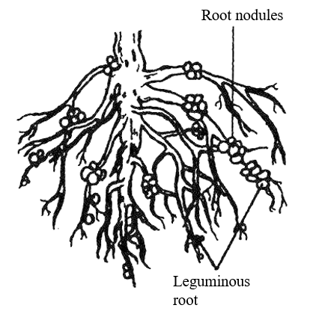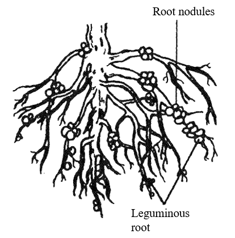Anamika Tripathi and Sanubia Solutions for Chapter: Economic Importance of Bacteria and Fungi, Exercise 2: Chapter Exercise (3 marks questions)
Anamika Tripathi Biology Solutions for Exercise - Anamika Tripathi and Sanubia Solutions for Chapter: Economic Importance of Bacteria and Fungi, Exercise 2: Chapter Exercise (3 marks questions)
Attempt the practice questions on Chapter 8: Economic Importance of Bacteria and Fungi, Exercise 2: Chapter Exercise (3 marks questions) with hints and solutions to strengthen your understanding. All In One ICSE Biology solutions are prepared by Experienced Embibe Experts.
Questions from Anamika Tripathi and Sanubia Solutions for Chapter: Economic Importance of Bacteria and Fungi, Exercise 2: Chapter Exercise (3 marks questions) with Hints & Solutions
Anaerobic decomposition is called putrefaction.
Match the following columns:
| Column I | Column II |
| A. Terramycin | 1. Bacillus subtilis |
| B. Griseofulvin | 2. Aspergillus flavus |
| C.Neomycin | 3. Streptomyces fradiae |
| D.Flavicin | 4. Claviceps purpurea |
| E. Bacitracin | 5. Streptomyces rimosus |
| F. Ergotamines | 6. Penicillium griseofulvum. |
What is the name of the disease in plants that is caused by Xanthomonas oryzae. Is it leaf blight of rice or rusting leaves of rice?
Bacteria help in decomposition as well as putrefaction. Explain the role of bacteria with reference to these processes.
Describe the harmful activities of bacteria.
Fungi are useful as well as harmful for humans. Justify the statement with examples.
Observe the diagram and answer the following questions. How can root nodules advantageous for plants?

Observe the diagram and answer the following questions. Give examples of leguminous plants and the bacteria that live in association with it.

